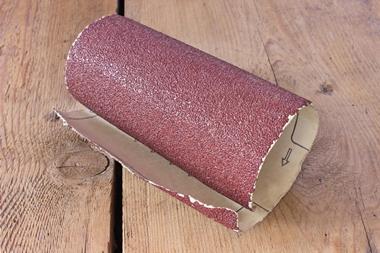Electric generator flaps in the wind and may usher in self-powered stratospheric sensors
Scientists in the US and China have invented a flag that can directly convert wind energy, from any direction, into electricity. The flexible generator may help to jumpstart the development of self-powered weather balloons and wireless broadband platforms.

The use of high altitude sensors or platforms (HAPs) has been rising steadily in recent years. Floating in the stratosphere, HAPs, often seen in the form of a balloon or drone, can be rapidly deployed and offer a cheaper alternative to satellite detectors.
But their limited battery life forces constant landings for recharging. Zhong Lin Wang, from the Georgia Institute of Technology, US, and colleagues have now created a HAP power source that will not require recharging or routine maintenance. Made from interwoven layers of copper, nickel, polyester and a polyimide film, the generator resembles a flag and flutters in the wind.
In its original state, there are gaps between these layers. Once the flag moves, the layers come together and the friction generated will lead to the build-up of static electricity. When the layers open again, a current is induced.
The flag can charge a battery, which, in turn, powers a wireless humidity probe, when exposed to 30mph winds from an air gun. The team are yet to test their generator at high altitudes.
References
Z Zhao et al, ACS Nano, 2016, DOI: 10.1021/acsnano.5b07157











No comments yet